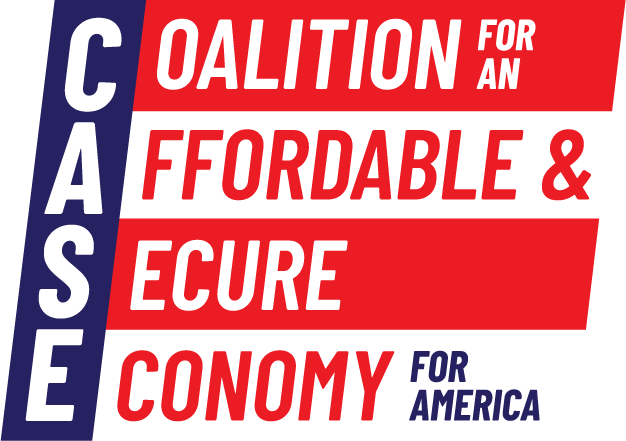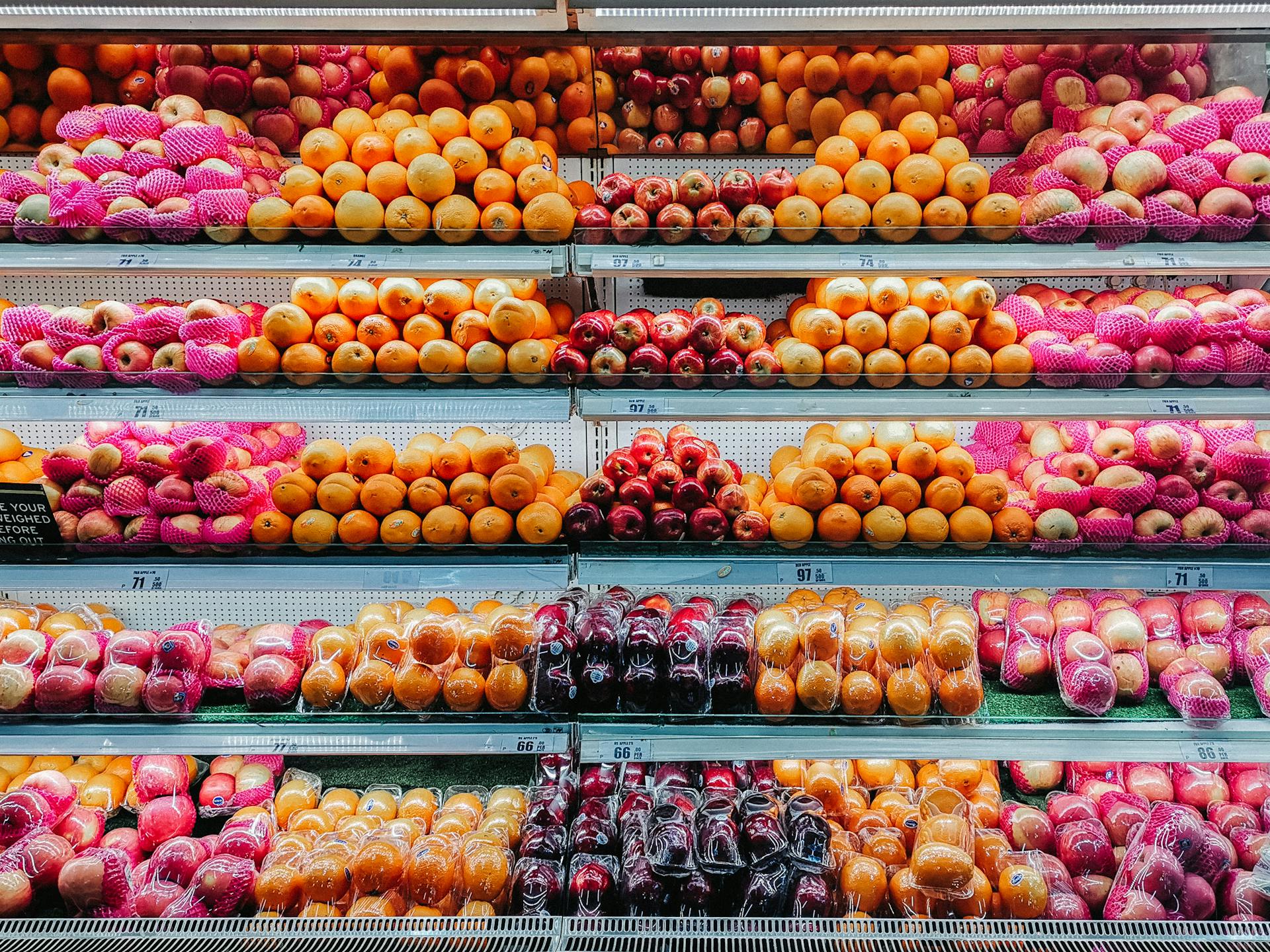Grocery Prices Will Rise Nearly 3%, Fresh Produce Will Cost 5.4% More Due To Tariffs
The cost of Americans’ weekly grocery bills is rising sharply, and with new tariffs taking effect, food prices are poised to climb even higher.
Despite a 90-day pause on the reciprocal tariffs announced by President Trump at the beginning of April, a broad 10% tariff still applies to most nations that engage in trade with the United States. Groceries, including fresh produce, which has already become 5.4% more expensive, are likely to be one of the primary categories of consumer goods to inflict pain on Americans’ pocketbooks.
As reported by Yale University’s Budget Lab, food prices have risen 2.6% and will get up to 3% more expensive in the long run due to active 2025 tariffs.
Anticipating increased prices due to tariffs, American households are racing to the grocery store to stock their pantries before prices get too high. In the first week of April, consumer buying patterns saw a particular spike as purchasing volume of canned and jarred vegetables rose 29%. Data also shows that transaction sizes increased significantly, with experts citing “preparation for future price increases” as the primary motivator.
Small grocers and other small businesses in the food industry are expected to take the hardest hit. A wholesaler based in Amarillo, Texas, shared that several suppliers that support hundreds of independent grocery stores across the region have already increased prices due to tariffs.
International grocery stores, including Asian supermarkets, have even greater concerns. In 2024, these stores generated $55.8 billion in revenue and served millions of Americans seeking authentic food products. Consumers who want these international products will now have to pay a higher price tag.
“Obviously, I’m feeling shocked, and I also feel like I’m losing control on a lot of things for my business,” said Christina Chen, owner of Many More Asian Market in Pittsburgh, Pennsylvania, when asked about the impact of tariffs on her small grocery store. “I want to satisfy my customers and make them happy, but I don’t think they feel happy. Now, with all the price increases, they will spend a lot more for what they used to get in. I hope this will end soon,” added Chen.
American households are expected to face $4,700 in additional costs tacked on to regular consumer expenses from all 2025 tariffs while U.S. consumer sentiment continues to plummet to the lowest marks seen in decades.
American families shouldn’t have to worry about the cost of putting food on the table. Despite voting for lower prices and a more affordable economy, polls show that most Americans think tariffs will leave the economy worse both in the short and long run.
The average household wants affordable goods, and tariffs are accomplishing the exact opposite.

